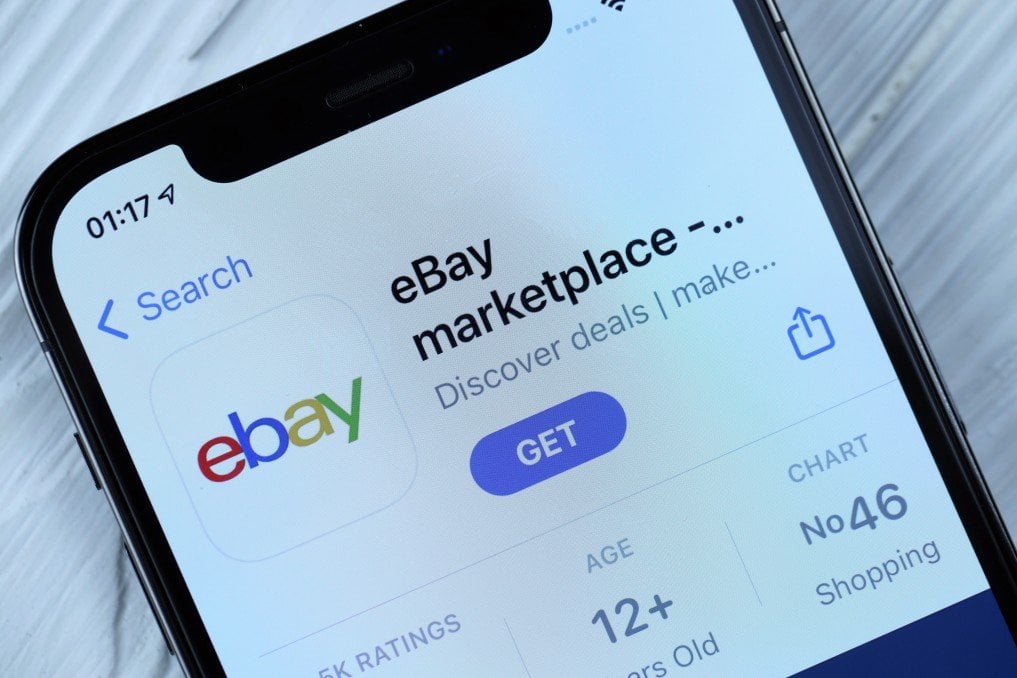Today, it’s a must to have a marketplace strategy, and for your brand to be available on e-commerce marketplaces. Although e-commerce is still only 12% of retail sales, it continues to grow at a faster pace than traditional channels, with marketplaces making up over 60% of the e-commerce channel. E-commerce marketplaces will continue to increase their share as they continue to enhance the shopping experience making it easier and more compelling for consumers to increase their volume of purchases through those sites. For many brands, selling through both their own DTC websites and online marketplaces has become an important factor to increase their share and grow. Whether you’re selling through Walmart, Amazon, or other popular marketplaces, selling through an online marketplace allows you to build brand awareness, gain momentum and trust amongst new customers, and increase profitable sales.
Let’s Break Down Online Marketplaces…
You probably already know a lot about online marketplaces. You likely use them all the time for your own personal or professional needs. In fact, Amazon has become the most popular search engine when people are looking to purchase a product, surpassing Google. Whether your brand is targeting consumers or commercial customers, leveraging these marketplaces will help accelerate the sales of your products and the popularity of your brand. There are many marketplaces to consider, but the largest and most trafficked in North America include options like Amazon, eBay, and Walmart. These marketplaces allow each brand to sell under its own page or profile. Whenever you buy something from Amazon, you probably aren’t actually buying from Amazon directly, but from a 3rd party seller. Over 61% of Amazon’s Gross Merchandise Value (the actual sales flowing through Amazon) comes from 3rd Party Sellers.
Why are Online Marketplaces so Advantageous for Brands?
There are many reasons why brands should be selling in online marketplaces. Below are just a few of the many advantages to selling in an online marketplace:
Increased Sales
Selling directly (D2C) through your own e-Commerce website can be quite successful too. However, you are limited to the number of people who will buy from you. This is because you need to generate traffic to your site through paid Google, digital, social, and other paid and organic methods that can be very expensive and complicated to manage. When you sell through an online marketplace, you open yourself up to so many more customers. Plus conversion rates are generally higher as customers prefer to buy through trusted marketplaces as opposed to individual eCommerce websites, as they feel it is more secure and safe as well as pre-established accounts and various payment methods.
Another advantage of online marketplaces is that they have very low startup costs. Anyone can sign up for a profile on a marketplace. While there are commissions, or selling fees and some other misc. costs associated with some marketplaces (depending on which you’re selling through), the increased sales and margin makes this worth it overall.
Brand Awareness
By selling through an online marketplace, millions of people will view your products as opposed to selling on a specific eCommerce website. Customers are able to browse all of your products through your profile page. As a result, you can build strong brand associations and awareness. In addition, many marketplaces allow for customers to leave positive reviews, which means you can gain some trust amongst your customers. This, in turn, can help to gain more traffic and help increase sales.
All product brands need to include e-commerce marketplaces as part of their go-to-market strategy. With a well-thought-out and executed plan, brands can find accelerated growth and brand relevance selling through e-commerce marketplaces. Brands that do not embrace this channel are at a disadvantage as these marketplaces continue to grow and increase the overall retail market share. The best marketplaces to focus on initially include Amazon, Walmart, and eBay.
Interested in learning more about leveraging online marketplaces for your brand? Check out our services at Phelps UNITED to learn more about how to make Amazon and other marketplaces work for you!
We Can Help!
Phelps UNITED is here to provide expert guidance on your Amazon selling strategy and brand advertising tips, explore our website to learn more.
Other blogs you might be interested in:
Key Amazon Announcements for Sellers in 2024: A Year in Review
by Phelps United Editor | Dec 12, 2024 | eCommerce Strategies
Amazon Deals Explained: How Sellers Can Maximize Sales with Lightning and Best Deals
by Phelps United Editor | Nov 04, 2024 | eCommerce Strategies
Why Amazon is Not a Shortcut to Millions: Treat it Like a Real Business
by Phelps United Editor | Aug 08, 2024 | eCommerce Strategies
Mastering Strategic Planning for Your Amazon Brand
by Phelps United Editor | Aug 08, 2024 | eCommerce Strategies
Riding the Wave of Emerging E-commerce Trends
by Phelps United Editor | Jun 14, 2024 | eCommerce Strategies
Decoding Amazon's Top Categories: Insider Tips for Sellers
by Phelps United Editor | Jun 05, 2024 | eCommerce Strategies
10 Common Mistakes Amazon Sellers Make and How to Avoid Them
by Phelps United Editor | May 23, 2024 | eCommerce Strategies
Exploring Pan-European FBA: Your Cross-Border E-Commerce Solution
by Phelps United Editor | Apr 10, 2024 | eCommerce Strategies
Maximizing Amazon: A Multi-Channel Brand Approach
by Phelps United Editor | Mar 11, 2024 | eCommerce Strategies


